COVID-19 Adds a New Snag to the 2020 Census Count of Native Americans
The nation’s indigenous population has long been undercounted, but the pandemic presents extra hurdles
/https://tf-cmsv2-smithsonianmag-media.s3.amazonaws.com/filer/0f/88/0f88ee91-3f1b-48e3-aa3a-c4269da01fe0/covid-19_in_navajo_nation.jpg)
Earlier this year, before the COVID-19 crisis hit the United States, Native American officials representing New Mexico’s 23 tribes in Albuquerque met to discuss how they could avoid a repeat of 2010, when that year’s census sorely undercounted the nation’s indigenous population.
Because of the inaccurate calculation of their population—the 2010 census undercounted Native Americans on reservations by 4.9 percent—tribal communities lost thousands of dollars in federal funding and risked losing representation for their states in the House of Representatives. Attendees at the Albuquerque retreat made plans to educate their tribes about the importance of the census using field organizers and social media and also discussed what’s worked and what didn’t in the past for different nations.
Ahtza Dawn Chavez, the executive director of the Native American Voters Alliance Education Project, felt optimistic after the event. “We really felt like we had a really great game plan,” she says.
But then COVID-19 hit and began to spread rapidly. The U.S. Census Bureau suspended on-the-ground field operations, and many reservations in the West and Southwest—including the Navajo Nation, the largest in the country—closed their borders to outside visitors and tourists in March, hoping to contain the disease.
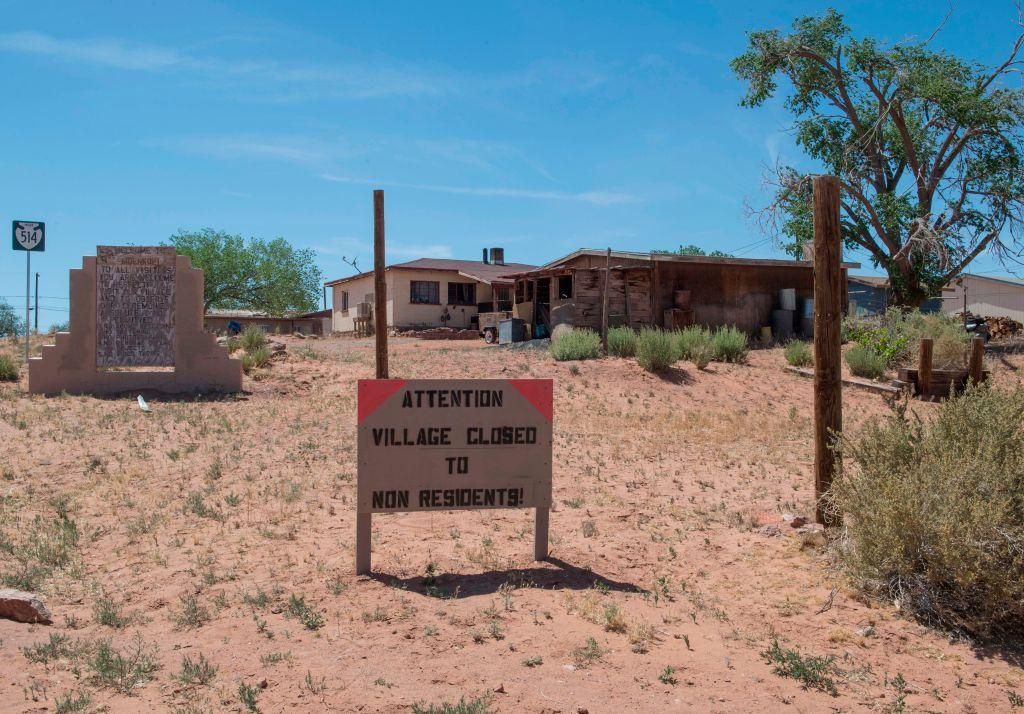
The situation presented a new hurdle in the time-proven challenge of getting an accurate count of Native Americans in this country.
The History of Undercounting Native Americans
The first U.S. census was held in 1790 to determine how many seats each state should get in the House of Representatives. Mark Hirsch, a historian at Smithsonian’s National Museum of the American Indian, says there were two glaring deficits: enslaved workers from the African diaspora, who were considered only three-fifths of a person, and Native Americans on reservations, who were considered “Indians not taxed” and, therefore, not counted at all. It would be more than 100 years before the census began to count Native Americans on reservations, where the majority of them lived at that time.
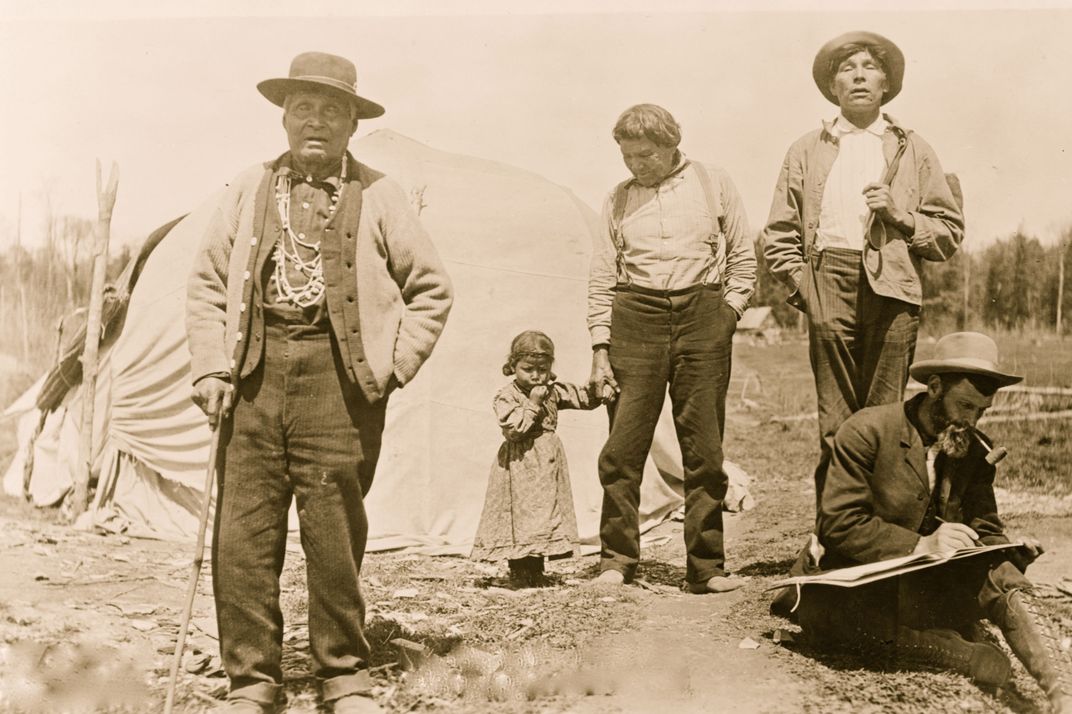
While census counts today provide communities with federal funding and resources, for decades Native Americans were counted by the federal government for less-virtuous reasons. In the late-19th century to early-20th century, Hirsch says, federal commissioners —not from the U.S. Census Bureau—canvassed reservations to determine the number of heads of households. They then allotted each household a plot of land, aiming to privatize what had been communal. The land that was leftover was then sold to white settlers. This was all part of an effort to force Native Americans to give up their land and culturally assimilate, Hirsch says.
“The whole point was to turn native people into white farmers like everybody else that had private property,” Hirsch says. “They would be part of American culture. They would adhere to all the late-19th century, white, middle-class values of hard work, independence and ownership of property, etc. But it was also a way of taking collectively owned tribal land away from native people and selling it to white settlers. Thousands and thousands and thousands of acres of land were taken away from native people that way.”
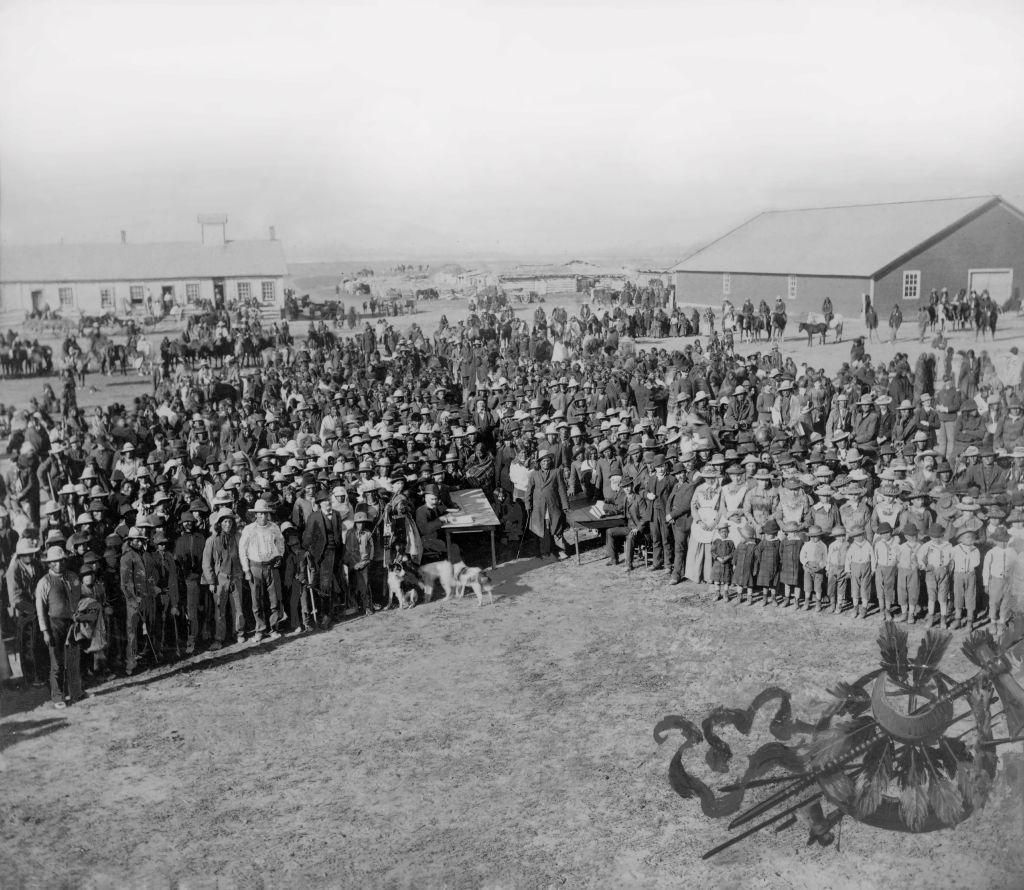
The U.S. Census Bureau began including Native Americans on reservations in its own count in 1900, but the breaking up of tribal lands for allotment was not outlawed by Congress until 1934. Although the information collected today in the census is confidential and used only to determine representation and federal funding, the effects of centuries of mistreatment by the government linger. Many Native Americans are understandably wary of handing over their information still.
One of the biggest hurdles, Chavez says, is distrust. “When you think about the historical distrust of a lot of these tribal communities of federal agents coming into their communities and just knocking on doors and saying, ‘Who are you?’ and ‘Who lives here?’ you can quickly see why some of these counts have been low disproportionately,” she says.
The Census Count of Native Americans Today
The current national self-response rate for the 2020 census is more than 61 percent, and most people have responded on the internet using a census ID they received in the mail that links their responses to their address.
Some tribal areas have already matched the national self-response rate so far for 2020—or even exceeded it—but in some nations the rate is below 10 percent. The self-response rate for the Navajo Nation reservation, where over 173,000 people live, is below 2 percent. Many homes on reservations and in the surrounding rural areas don’t have city-style addresses or reliable internet, so census enumerators typically go door-to-door, updating addresses and leaving paper questionnaires, which can be mailed in. This process is known as “update leave,” and can run into challenges with getting accurate counts.
Undercounting is at its worst in places that are difficult to map, whether because they are remote or because they do not use city-style addressing. Kewa Pueblo, where Chavez is from, for example, was undercounted by approximately 24 percent in the 1980 census due to the bureau’s faulty mapping method, which excluded parts of the reservation from the official census maps and left people uncounted. The undercount rate for Native Americans has gone down over the decades, but there’s still a long way to go.
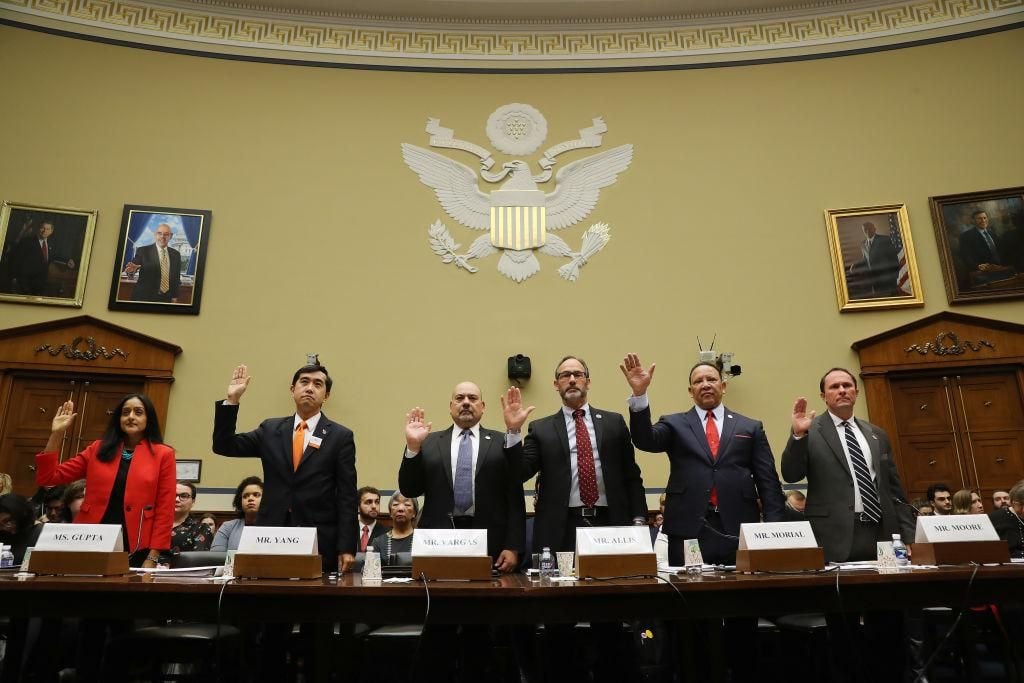
Tribes also keep their own enrollment records, but certain types of federal funding to build infrastructure and provide health care on reservations come only from the census count. In New Mexico, for every person that is not counted, the state loses $5,000 in federal funding per year—or $50,000 total per person until the next census in 2030. The census count on reservations determines how much federal money tribes get for services such as the Indian Housing Block Grant, which provides affordable housing, and the Indian Health Service, which serves 2.2 million Native Americans across the United States.
How COVID-19 Complicates the Count Even More
Kevin Allis, CEO of the National Congress of American Indians, says he’s worried that the pandemic, in combination with historical census challenges, will lead to another undercount this year. In the Southwest, Native Americans are suffering disproportionate rates of COVID-19 infection. As of early June, the White Mountain Apache Tribe in Arizona had an infection rate of 6.6 percent, and the Navajo Nation, which spans parts of New Mexico, Arizona and Utah, had a rate of 2.852 percent. To compare, in New York City, the zip code with the highest infection rate is in East Elmhurst, Queens, at 4.358 percent.
“The timing of this pandemic could not be worse for all these communities because representation and federal funding are all going to be tied to this dataset for the next decade,” Allis says.
In April, Congress approved a 120-day extension to complete the census, with a new deadline in October, but that may not be enough time for Native American communities. Dee Alexander, the tribal affairs coordinator for the Office of Congressional and Intergovernmental Affairs for the U.S. Census Bureau, says her office began consulting with tribes in 2015 and appointing tribal liaisons, but they couldn’t anticipate the closing of borders back then.
“We’re just trying to take things day by day,” Alexander says. “We didn’t expect this to happen with our operations. That question was asked specifically for Navajo: What if the borders are still closed after October 31?”
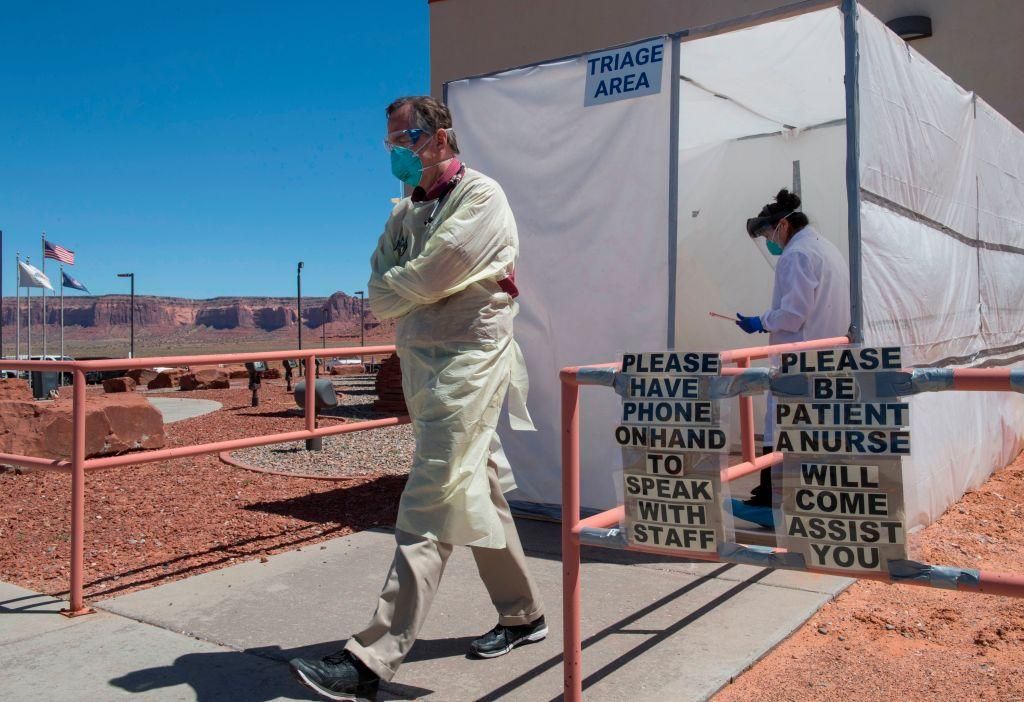
The U.S. Census Bureau started the “update leave” process just days before suspending field operations in mid-March because of COVID-19, so most rural and tribal areas had not received their census forms. Field operations resumed in New Mexico in May, but not on reservations, where tribal leaders will decide when it is safe to open their borders.
“Once this resumes, we're going to pretty much be, for the most part, at ground zero,” Chavez says.
One of the most important things the Census Bureau can do, Allis says, is to hire more Native Americans to be enumerators in their own communities. This year, however, the applications moved almost entirely online, making it harder for people on reservations without reliable internet to apply.
“Non-natives trying to navigate through a reservation community is really difficult,” Allis says. “They're not familiar with the environment. They're not familiar with the traditions and customs, and so it's really important that the enumerators be from the community or from an American Indian or Alaska Native community and familiar with the nuances that exist on tribal reservations.”
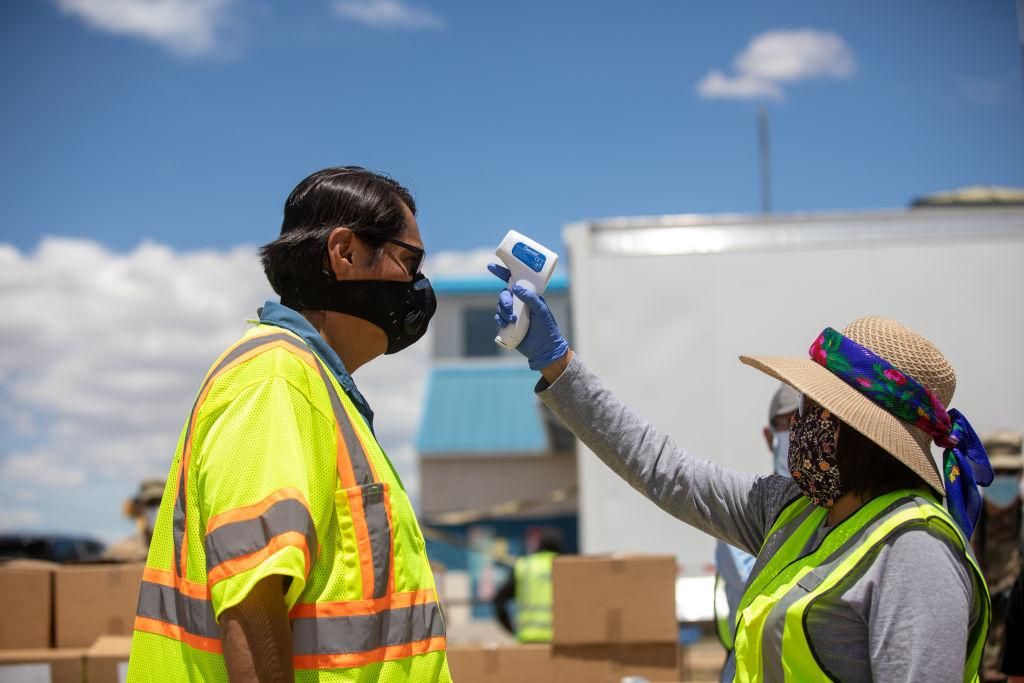
Iakowi:he’ne’ Oakes is the executive director of the American Indian Community House in New York City, which received funding from the city for census outreach efforts. The organization got a late start because they didn’t receive their funding until February. When applying, Oakes asked for about $120,000. She received only $50,000 out of a total of $19 million given to community-based organizations in the city. Oakes, who is part of the Rotinoshonni/Mohawk Nation, was disappointed, but not surprised. “This is the number one place where erasure occurs, the census,” she says.
The Census Bureau did not find a significant undercount of Native Americans and Alaska Natives in urban communities in 2010. Across the United States, 70 percent of Native Americans live in metropolitan areas, with New York City as home to the largest population—over 111,000. While the census count is historically low on reservations, COVID-19 may also make it low among these Native Americans living in urban communities.
Oakes closed down her office in early March, days before the city and state of New York went on pause. Her first concern was the health of her community, many of whom are particularly vulnerable to COVID-19.
“In New York City, there are a lot of homeless natives,” Oakes says. “A large percentage of our community is low income and homeless. So that's even more difficult for us to access them, to get them counted. A place that we had strategized to work with them was our events because usually the homeless natives show up to our events. But we can't have any events. That was our main work plan, and now it's social distancing.”
Complicating her plans further, the funding they received only runs through the end of June. During the 120-day extension, they hope to set up a mobile Wi-Fi pop-up center to fill out the census questionnaire online on Governors Island, where the organization usually hosts events and performances. They’ll continue promoting the census on social media as well.
“People in our community need to understand that we would be doing a service to the federal government to not get the numbers — obviously a disservice to us, but a service to those racist regimes that would prefer keeping us under the rug somewhere, starving and struggling,” Oakes says.
As cities and states begin to open up and census field operations resume, many reservations remain closed and Native American communities remain cautious. Their population has already been diminished, in part, by disease. In New Mexico, Chavez still has hope for achieving an accurate count, but the obstacles are mounting.
“We’re doing everything we can to make sure everyone is counted, but we keep having more challenges thrown our way,” she says.
/https://tf-cmsv2-smithsonianmag-media.s3.amazonaws.com/accounts/headshot/colleenc.png)
/https://tf-cmsv2-smithsonianmag-media.s3.amazonaws.com/accounts/headshot/colleenc.png)